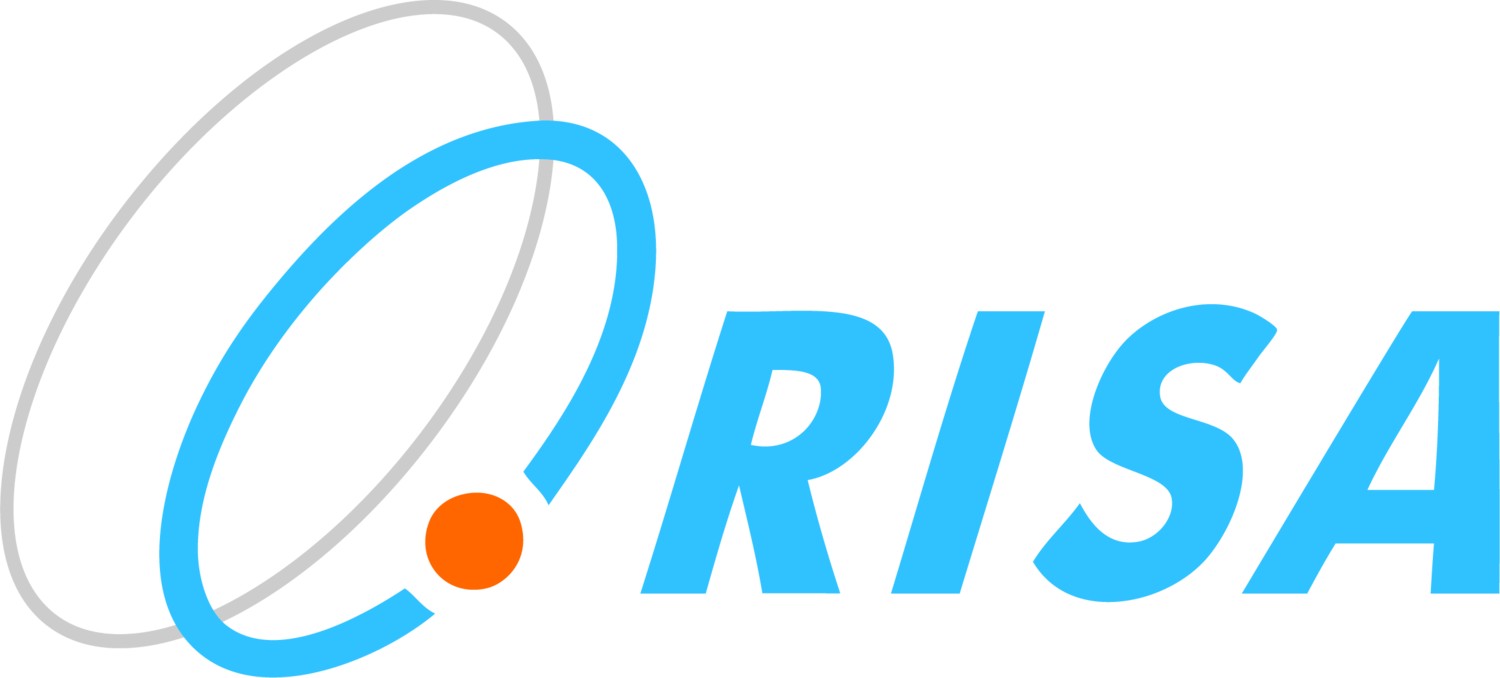Data Science
Organizations have enormous amounts of data to decipher and manage, but how that complex data is handled has become increasingly challenging. Many consider data science a viable solution, but don’t really know what data science is used for. We aim to take the complexity out of data science.
Data Science at RISA.
overview
What is Data Science?
An estimated 80% of all data is "unstructured," meaning it’s not organized in any pre-defined manner. This data is typically heavy on text but can also contain other data, such as dates, numbers, and other non-text data points.
Data science is how this seemingly overwhelming amount of data can be "wrangled" into a usable form (such as statistical analysis, visualizations, and predictive technologies) and provide business intelligence to decision-makers inside your organization.
We can make predictions and prescribe positive business actions by applying data mining and machine learning algorithms.
Data Science Process
How does it work?
01
02
Discovery
Determining the most important outcomes you seek to achieve. We first ensure any analyses we perform are aligned with your organizational goals — this may be finding efficiencies in your processes, optimizing purchasing, or finding opportunities revealed by trend analysis of your organization's data.
Sourcing
Capturing the significant data sources within your organization. Your organization’s relevant data will likely be in both structured and unstructured forms, distributed amongst multiple data storage locations. We examine these sources and determine the most effective approach for analyzing the data.
03
04
Profiling
Examining data and documenting significant commonalities.
- Size of the data set
- Column data types
- Column relationships
- Missing data frequency
- Number of rows
Preparing
Contextualizing patterns and removing inconsistencies. When dealing with large quantities of data (i.e. “Big Data”) it’s rare that data is complete, accurate and in a common format. Our team is experienced with automated methods of cleaning data to correct errors or remove incomplete data.
05
Analysis
Formatting data findings for analysis and implementation.
Descriptive
Describes the data landscape and provides context to the environment.
Diagnostic
Determines why current conditions or trends are occurring.
Predictive
Captures the most likely behavior of the system in future time periods.
Prescriptive
Prescribes what actions are likely to provide the most long-term benefit.

